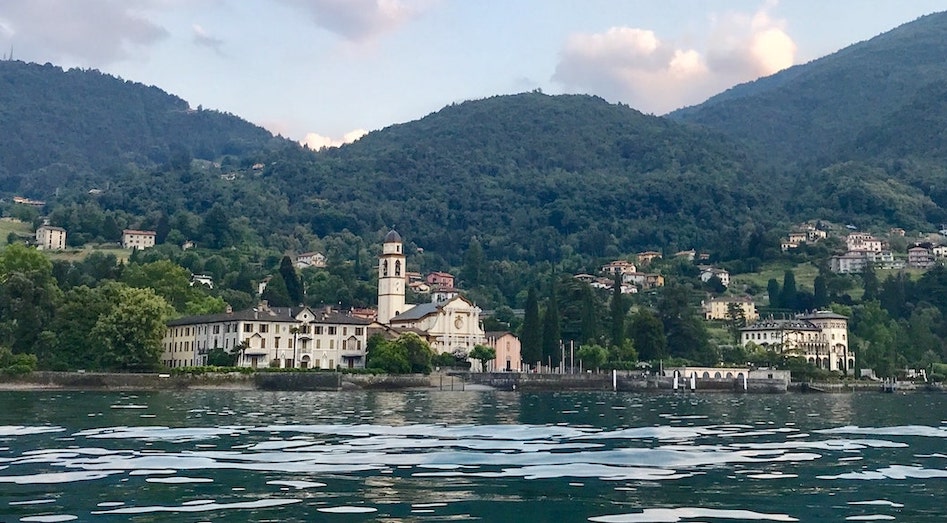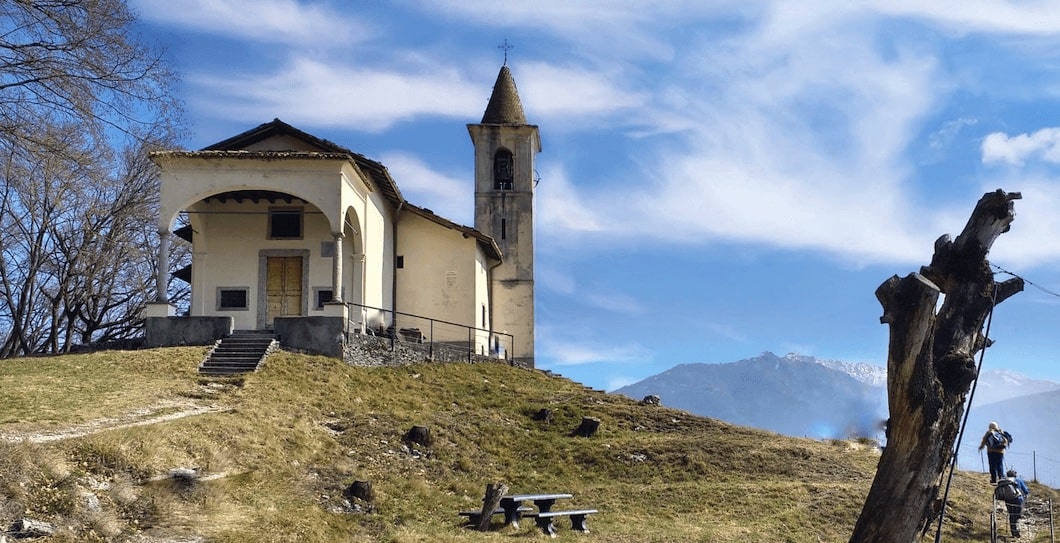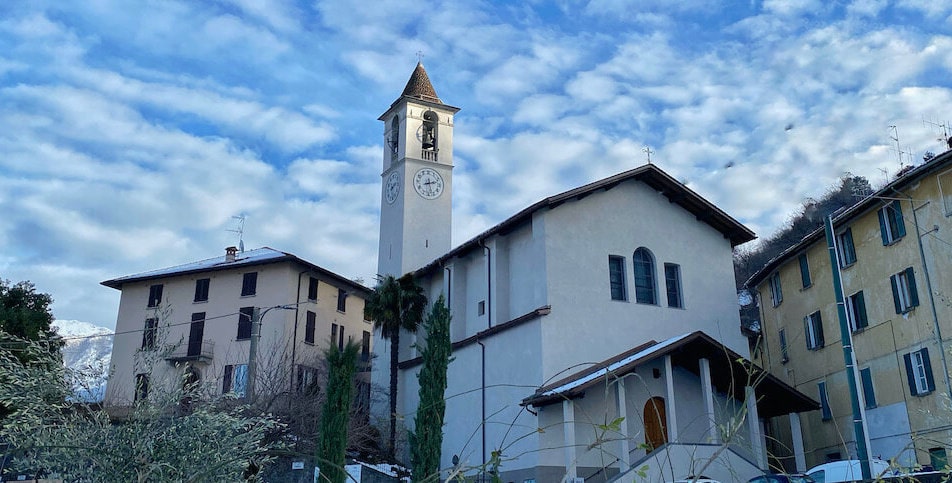Medieval origins.
Probably the primitive building, preceding the current construction, dated back to the 10th century; no trace exists of it. The new church was built in several phases between the end of the sixteenth and seventeenth centuries; a restoration and a further enlargement are documented towards the end of the 18th century, when it reached the dimensions it still maintains today.
External description
The façade, of typically Baroque style and recently restored, is tripartite in a vertical direction, divided into two bands distinct horizontally and characterized at the top by a curvilinear tympanum. The three access portals are decorated with architectural elements; the two sides are surmounted by false windows, while in the central part a walled rosette is decorated with a shell. Other elements that are part of the decoration of the façade are the Corinthian pilasters and semi-capitals.
Along the left side of the church rises the bell tower.
Internal description
The church is formed by a single nave in which there are four side chapels, two on each side, and on which the presbytery is inserted.
The first chapel on the right houses a seventeenth-century wooden statue of the Assumption of the Virgin and the relics of San Primo, whose simulacrum is inside a case with decorative elements in gilded bronze.
Continuing along the same side, we come across the second chapel adorned with a fresco realized in the second half of the 16th century by an unknown author, depicting the Madonna enthroned with Child, Saint John and angels. (3) A little further on, near the presbytery, you can see the statue of San Giovanni Battista, built in 1974 by Giovanni Tavani in Carrara marble.
The presbytery is characterized by the main altar adorned with an anvron in gilded wood with the risen Christ and other statues by the carver Giovanni Albiolo of Bellagio. On the walls were recently placed two anonymous seventeenth-century paintings: San Giovannino on the right and the Decollazione del Battista on the left.
On the opposite side of the Tavani sculpture, another older one is located: a marble seventeenth-century Immaculate which was attributed to Pellici d’Intelvi’s Ercole Ferrata; this work was donated to the church of San Giovanni by the Countess Melzi d’Eryl at the end of the nineteenth century.
Proceeding along the left wall you can see the chapel that houses an altarpiece on which are represented Christ resurrected and Saints, a work of 1530 attributed to Gaudenzio Ferrari, a gift from the Frizioni family. Next to it are placed two paintings by unknown artist: the Virgin and Jesus crowned with thorns.
The other chapel on the left has a fine marble altar and a canvas with a saint kneeling before the Crucifix.
Part of the counter-façade, on which the organ is located, presents the frescoed Baptism of Christ.
The vault of the nave is decorated with paintings depicting four episodes of the Life of John the Baptist, the Transfiguration and the Evangelists.
Bibliography
c. merons, Ancient religious buildings of the Lariano Triangle, Varese, 2011



